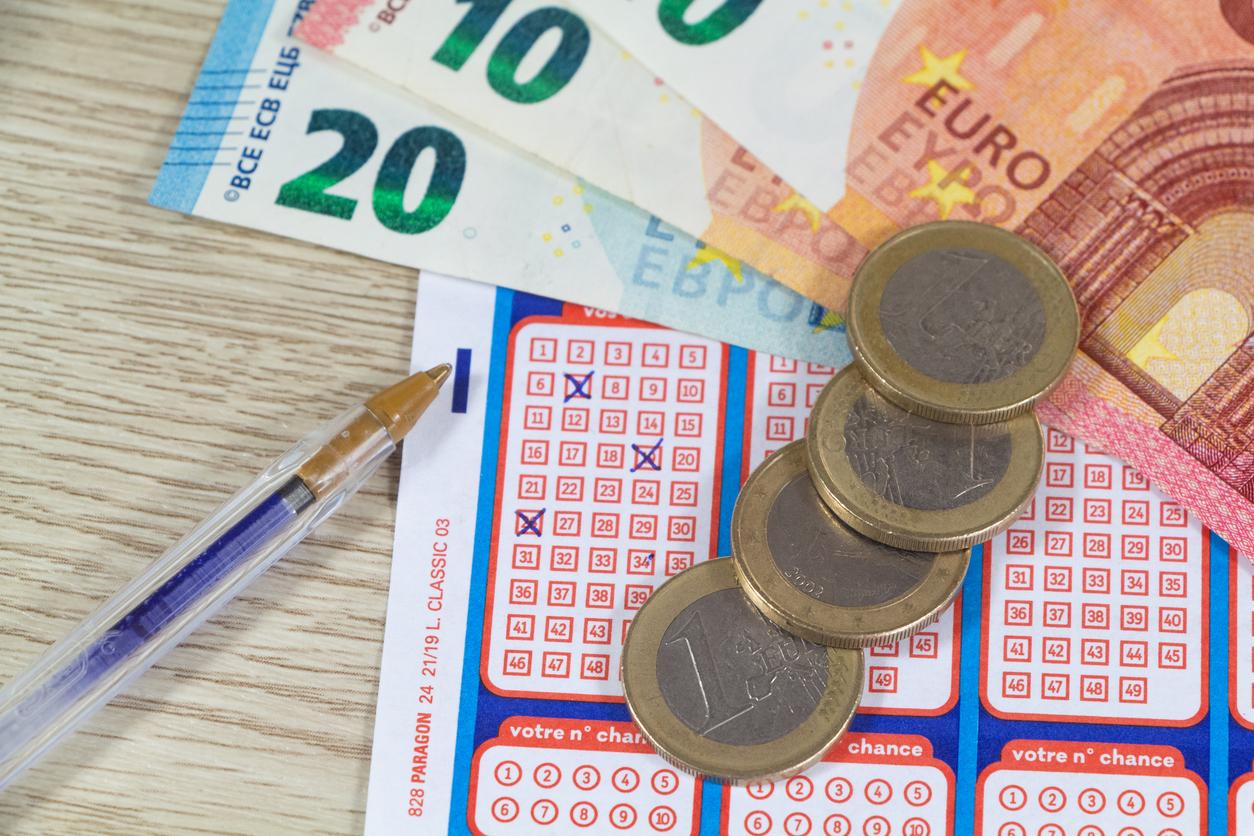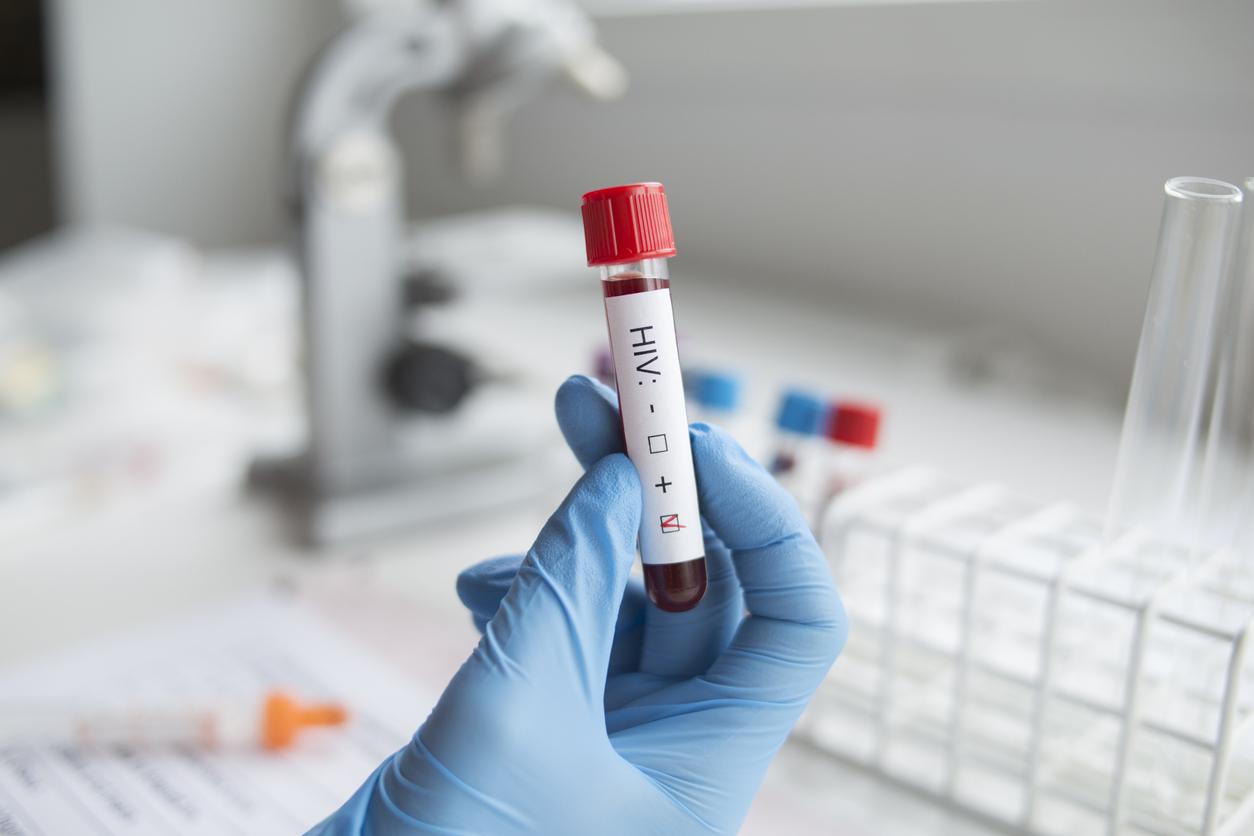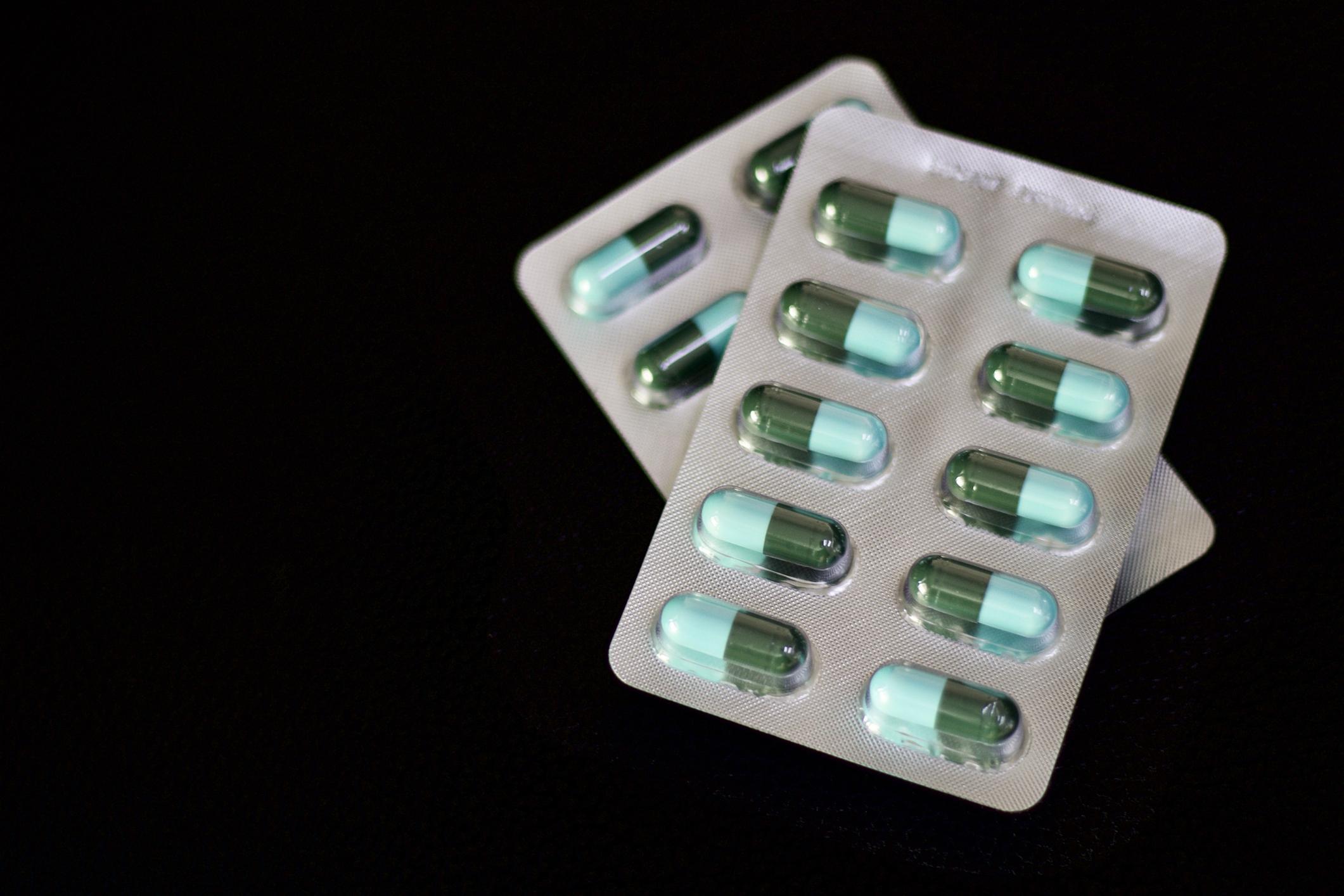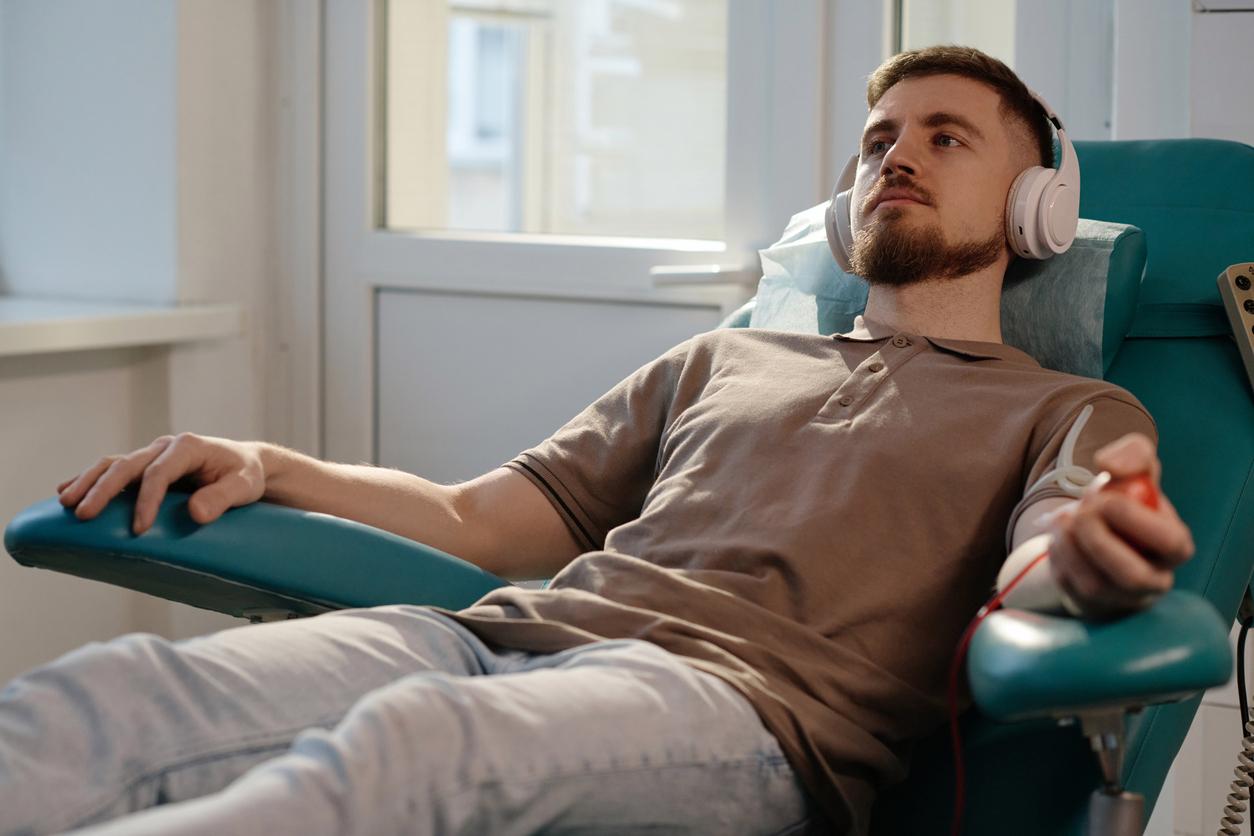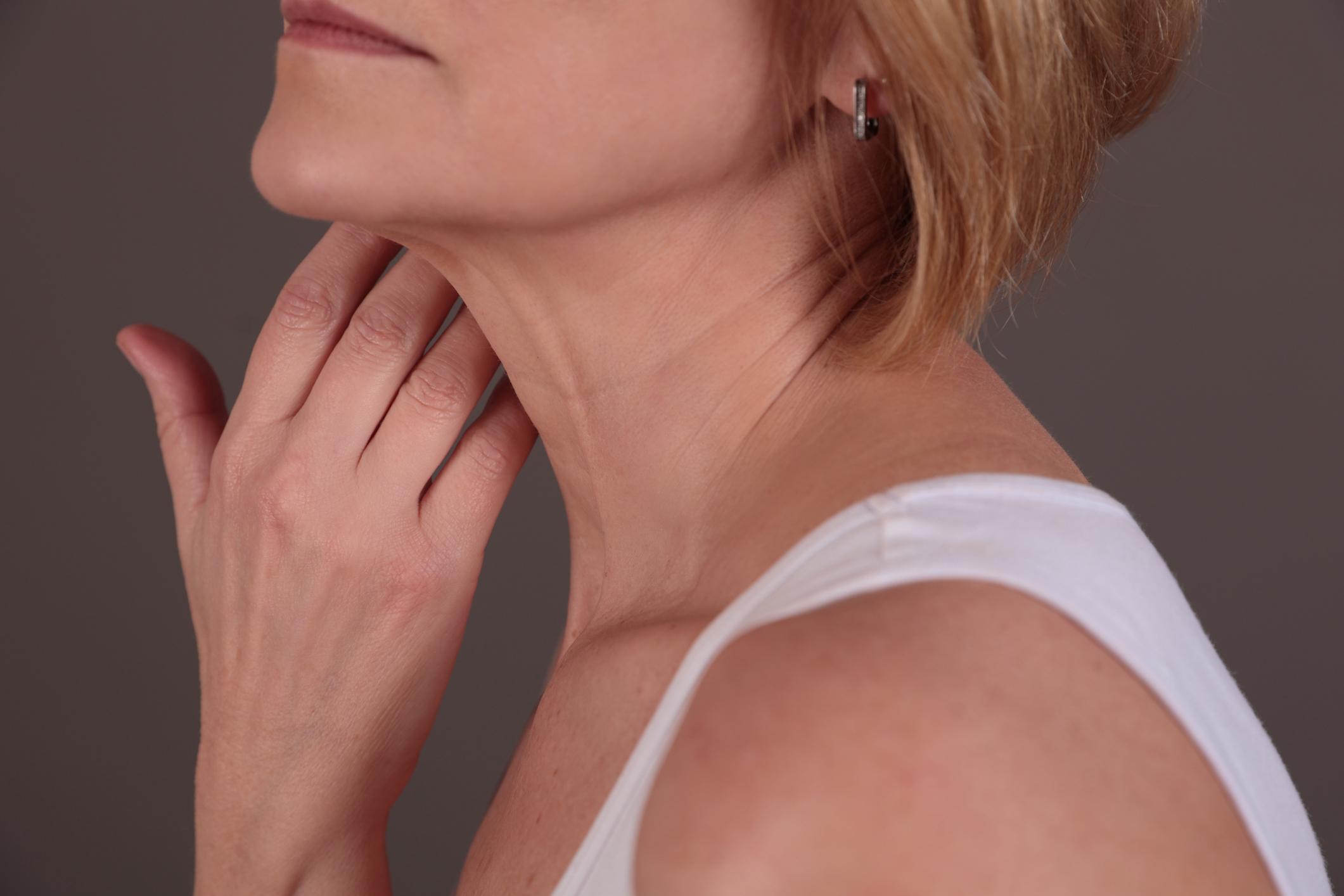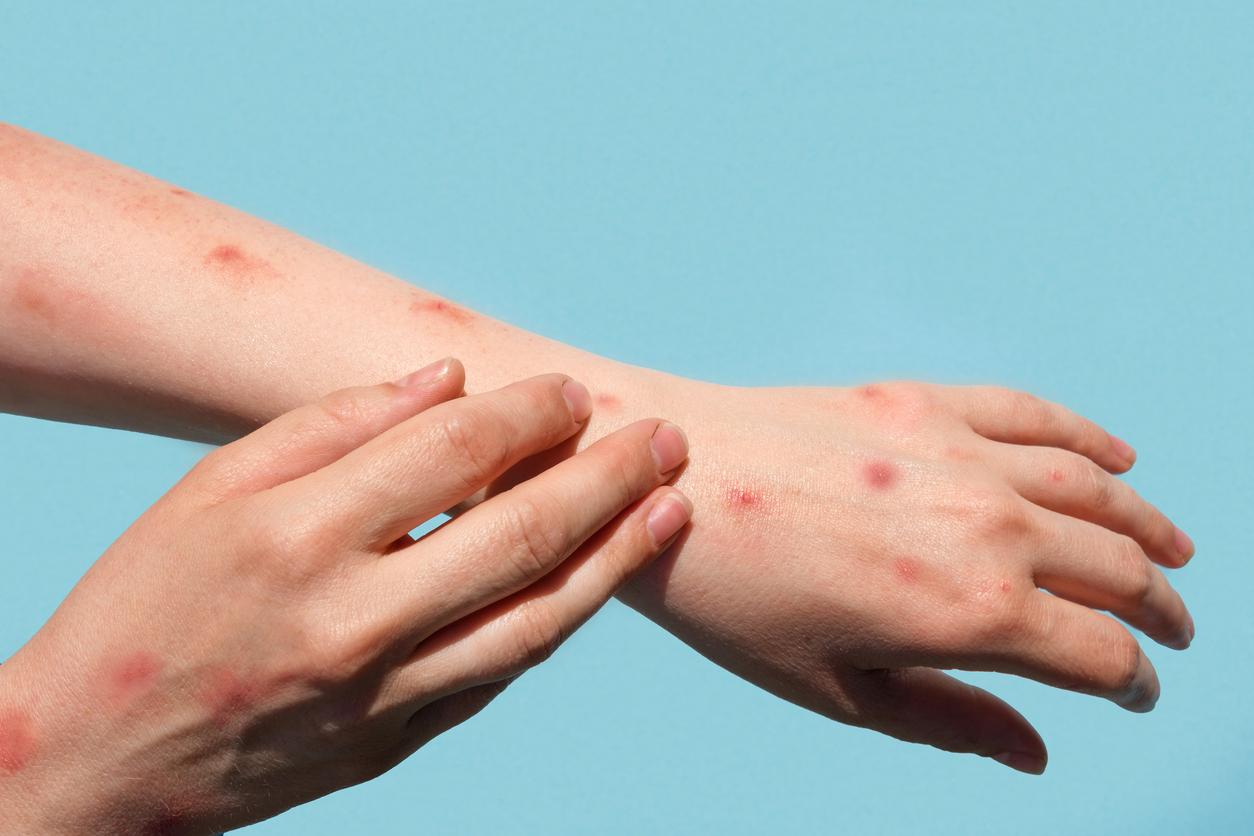After a sudden shutdown of the French economy for two months, the deconfinement did not generate a new wave of contamination. Good news which should not obscure the still effective circulation of the virus in mainland France and especially the worrying situation in two overseas territories.

The deconfinement did not relaunch the epidemic. This is the conclusion reached by Public Health France in its epidemiological update of June 11. All the Covid-19 diffusion indicators are down, the deconfinement has not changed in any way to this inflection of the curve started during the confinement. Only one exception: Guyana and Mayotte. In these territories their situations are “worrying“because the epidemic remains active there.
In metropolitan France, the storm has passed. The epidemiological peak began a week after the start of confinement and reached its peak the following week – at the end of March. It seems that traffic restrictions, the closure of schools and “non-essential” establishments as well as the massive use of telework have mitigated this wave of contamination and death. At the end of April, mortality in France – all causes combined – returned to the values usually observed. On June 12, 2020, 29,349 deaths are to be deplored in France. In Europe, only Belgium still experiences a low excess mortality, while the United Kingdom and Sweden, which did not confine their populations – initially across the Channel – still experience a moderate excess mortality in their territories. .
Confirmed cases of Covid-19: below reality
The spread of the virus has slowed significantly since the end of March. As this graph from Public Health France of weekly cases confirmed and reported to the institution shows, the number of new contaminations continues to decrease. In the first week of June, only 2,743 cases were recorded. This June 12, the number of proven cases in France is 192,493.
Number of weekly confirmed cases (click to enlarge):

However Public Health France warns that these figures are an estimate below reality. “During the epidemic wave and until the lifting of population containment measures, all patients showing signs of COVID-19 did not systematically benefit from a biological test to confirm an infection (ministerial recommendation of March 13 2020). The number of actual cases was therefore higher than the estimated number of confirmed cases during this period.explains the institution. Since the deconfinement, it is requested that patients with symptoms suggestive of COVID-19 as well as contact subjects of a confirmed case be screened for SARS-CoV-2. From this date and thanks to the SI-DEP system, the number of confirmed cases now makes it possible to estimate the real number of cases of COVID-19 in France. However, this number may be underestimated due to the lack of systematic screening of symptomatic or asymptomatic infected persons.“
Less pressure on the medical profession in mainland France but Guyana worries
A peak and a decline also experienced by SOS Médecins, whose number of acts and the share of suspected Covid-19 have experienced the same trend. A phenomenon also observed in the Oscours® emergency services network. In 2012, the latter brought together more than 600 reception services out of the 770 existing in France, as well as 86% of emergency visits. According to their data, the emergency room saw more than 5,000 people arriving daily for suspected Covid-19 at the end of March, or more than 20% of emergency room activity. Since then, this daily flow has continued to decline to represent less than 1,000 visits per day, or barely 1.1% of emergency service activity.
Number of visits to the emergency room and share of activity for suspected covid (click to enlarge):

With regard to clusters – occurrence within 7 days of 3 confirmed or probable Covid-19 cases between people from the same community or having participated in the same gathering – the trend is also downward. As of June 9, the ARS and Public Health France counted the signaling of 193 clusters – excluding nursing homes and families – since May 9. A little less than half of these clusters are under investigation – that is to say that new cases occur despite the measures taken since its discovery -, 20% are under control – no new cases for 7 days – , 31% are closed – absence of new cases 14 days after the start of the signs of the last case and end of the fortnight of all contacts – and 1% continue their dissemination (2 clusters in Guyana). Guyana, Nord and Val d’Oise each contain 7 clusters. The health authorities are continuing their investigations to try to maintain these sources of contamination because the Covid-19 has not disappeared from the territory.
Overseas, Public Health France is concerned about the evolution of the epidemic in Guyana and Mayotte. In the newest department of France, health authorities have discovered 3 clusters currently under surveillance. The circulation of the virus “maintains at a high level”. As for the South American department, the shadow of Brazil seems to weigh on local contamination and the figures are worrying. The hospitalization rate increased by 9.6/100,000 inhabitants in mid-May and reached 19.6/100,000 inhabitants at the end of May, the same for the hospitalization rate in intensive care which rose from 0.3/100,000 inhabitants to 1/100,000 between late May and early June. Added to this are 2 clusters that are spiraling out of control.
.











